
A New Framework for a New Era: The Loop
Demand signal density is now 6x higher than our collective capacity for supply response. In a volatile geopolitical environment and era of tech innovation, Zero100’s Loop integrates customer-centric principles with traditional supply-side functions to provide a framework for resilient, agile, modern supply chains. How can you use it to capitalize on and harness the power of demand?
In 1996, the Supply Chain Council (now part of the ASCM) created the Supply Chain Operations Reference framework (SCOR) to help organizations manage and optimize supply chain operations. The five core processes that make up the SCOR framework – Plan, Source, Make, Deliver, and Return – are still relevant today, but in the nearly three decades since, supply chains have evolved to require more complex strategies that look beyond the end-to-end product lifecycle. To support modern supply chains that are resilient, sustainable, and agile, we must consider the demand side. Enter The Loop.
The Loop, Zero100's framework, incorporates demand into the infinity equation. The customer-centric model takes into account the explosion of social media like TikTok, which launched in 2017 and now has over 1 billion monthly active users, as well as unprecedented events like Covid, which increased the e-commerce share of total global retail sales by 8% from 2019-2020. These demand factors – which lie largely outside of organization control – have contributed to the fact that the demand signal is now 6x higher than our collective capacity for supply response, according to a 2023 Zero100 study looking at R&D spend for consumers (demand) vs enterprise (supply).

The Loop is a framework for measuring innovation across the end-to-end supply chain. For example, we captured more than 500 AI use cases and categorized them by where they live within The Loop to determine where companies are applying AI to operations. We learned that “Sell” is the function with the highest density of AI implementation use cases, accounting for 21% of the library. The AI use cases most prominent in this domain are customer journey optimization, product recommendations, marketing insights, and automated transactions, collectively accounting for nearly 60% of all recorded demand-side use cases in our AI library (out of 12 classifications). The fact that companies are investing so heavily in building out their demand-side Sell capabilities through automating, personalizing, and optimizing shopping experiences showcases the importance of the function in the journey to agile, resilient, demand-driven supply chains.
Taking an even closer look at the Sell function, we found that the food & beverage and food & drug sectors alone account for 32% of AI applications, leaving the other 16 industries we track to cover the remaining 68%. Kraft Heinz, for example, partnered with Google in 2022 to scale digital transformation as consumer behavior increasingly shifted, and continues to shift, online. The F&B giant leverages data, analytics, and marketing technologies from Google Cloud’s AI/ML and Google Ads to drive consumer engagement through personalized content delivery. It collects data to guide future innovation through a new platform called Kraft-O-Matic. One key aspect of the customer-focused digital transformation is new product development, informed by real-time insights from Google Cloud's AI/ML tools.
Navigating the unpredictability of consumer demand, largely driven by social media trends (Pink Stuff anyone?!), is challenging. Not falling behind or being caught unprepared is a top priority, but what about harnessing that power to get ahead? Using The Loop framework as a guide and benchmarking against peers can help you identify which portions of your operations are ripe for innovation. Have you developed an AI roadmap or a prioritization mechanism for tech deployments across your supply chain?
To see a different data cut or to dig deeper into this topic, reach out to our Head of Research analytics, Cody Stack, at Cody.Stack@zero100.com.
Methodology
Zero100’s proprietary data and analytics are a combined effort between our data scientists and research analysts. We provide data-first insights matched with our own research-backed points of view and bring this analysis to life via real-world case examples being led by supply chain practitioners today.
For this study, we analyzed 542 supply chain organizations across APAC, NA, LATAM, and EMEA, looking at publicly available mentions of AI usage.